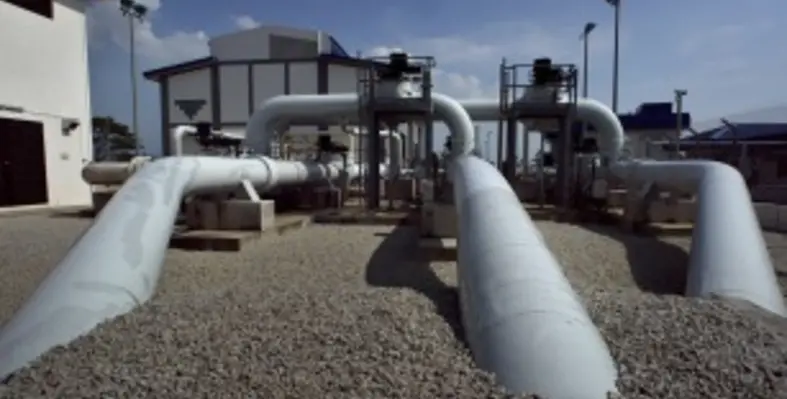DNV GL are leading the HyReady Joint Industry Project to ?be ready for hydrogen?
Hydrogen addition from renewable sources to natural gas supports the decarbonisation of the natural gas system and integration of sustainable energy sources. However, the properties of hydrogen differ significantly from those of natural gas, and its introduction into the gas infrastructure may negatively impact public safety, the integrity of the gas system and the performance of end-use equipment. The HyReady Joint Industry Project (JIP), led by DNV GL, will encourage the industry to ?be ready for hydrogen? by developing practical processes and procedures for the introduction of hydrogen to the grid. The project still welcomes new participants.
Several studies have been carried out on the impact of hydrogen added to natural gas on public safety aspects, the integrity of materials used in the natural gas delivery chain and the performance of end-use equipment. However, concrete engineering guidelines for transmission and distribution system operators on how to prepare their systems for a specific percentage of hydrogen are lacking.
Onno Florisson, principal consultant and DNV GL project manager, said, ?There is a great deal of industry interest in the maximum percentage of hydrogen that can be added to natural gas. To successfully introduce hydrogen into natural gas grids, the impact and acceptability need to be assessed to evaluate amongst other things, public safety, system integrity, integrity management and energy transport capacity. HyReady will develop industry guidelines addressing the ?how-to? questions for gas system operators so they can be confident both in preparing their natural gas grids for the accommodation of hydrogen and in assessing and managing the effects and possible consequences related to hydrogen injection.?
The main deliverable of the HyReady JIP will be a set of generic engineering guidelines to identify and quantify the effects of hydrogen addition to natural gas in a specific network and to propose feasible mitigating measures in case the assessed consequences are not acceptable. The guidelines will distinguish between three levels of consequences:
? Grid level: e.g., to which extent is the energy transmission capacity of a network affected?
? Component level: e.g., to which extent might seals in a gas meter initiate leakage?
? Location level: e.g. to which extent is a safety zone around a pipeline affected?
The guidelines will be based on existing knowledge in the public domain and owned by the JIP partners. The project, that has recently started, will run for almost two years and is split into the following work packages; transmission systems, distribution systems, end-user infrastructure and appliances (both domestic and industrial), high pressure stations and hydrogen injection facilities. The first two work packages are currently in progress, while the remaining work packages will be executed in the next phases of the project.
Currently, the HyReady consortium consists of the following parties: Enag?s, S.A. (ES), ENBRIDGE (CA), GasNatural Fenosa (ES), Gas Networks Ireland (IR), GAZ-SYSTEM (PL), GRDF (FR), GRT-GAZ (FR), SoCalGas (USA) and TIGF (FR). DNV GL and DBI-GUT (DE) are leading this JIP. New partners are also welcome.





